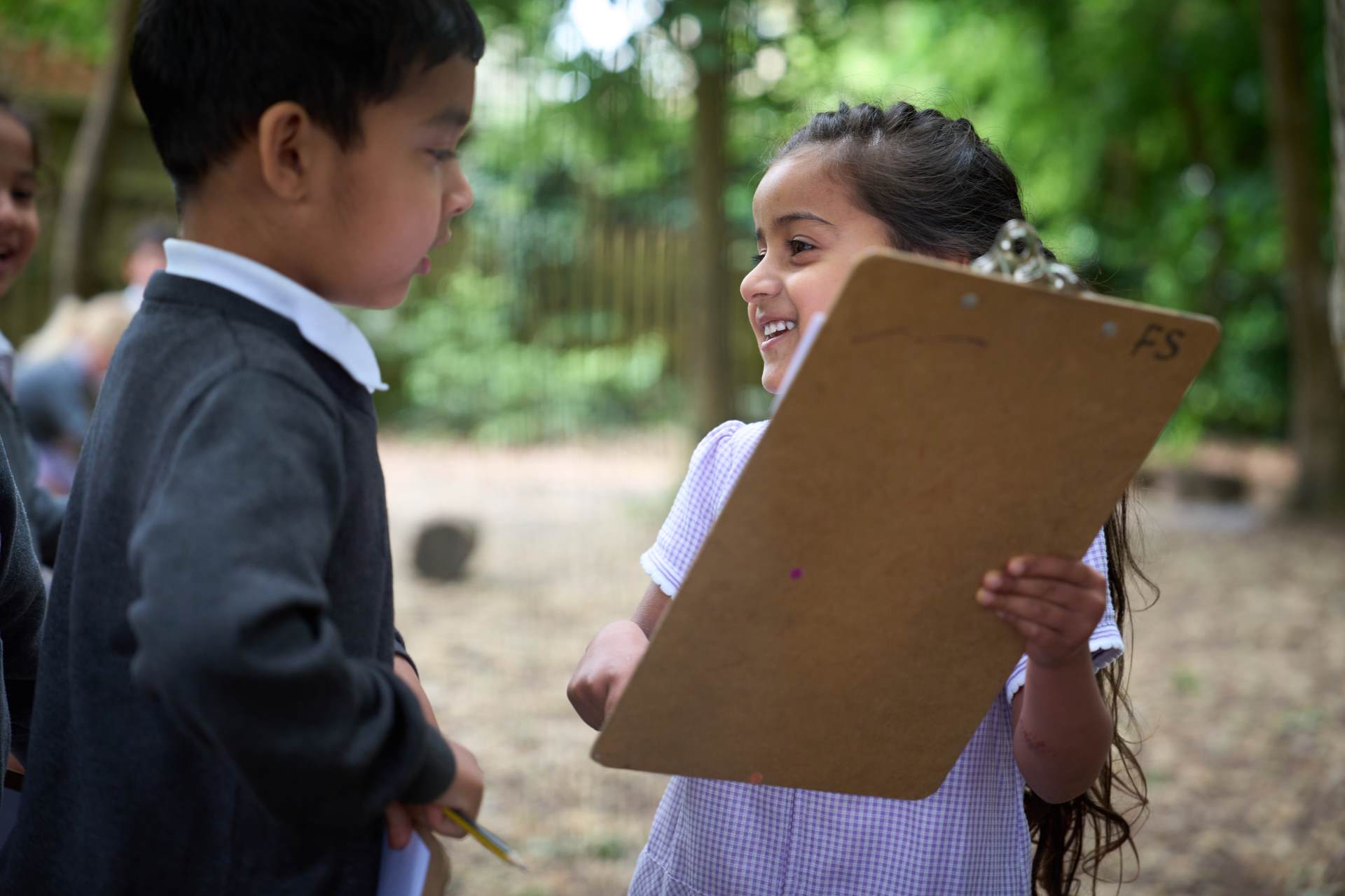Geography

At Monkspath School, our geography curriculum helps children make sense of the world around them. We aim to inspire curiosity, deepen understanding of diverse places and environments, and equip pupils with the skills to explore geographical questions and issues. Our curriculum follows the National Curriculum for Geography at Key Stages 1 and 2.
What We Teach
Our geography curriculum covers:
- Locational knowledge – including continents, oceans, countries, and capital cities.
- Place knowledge – comparing local and global environments.
- Human and physical geography – exploring weather, climate, land use, and settlements.
- Geographical skills and fieldwork – using maps, atlases, globes, aerial photographs, and digital mapping.
Children learn to ask questions, interpret data, and understand how physical and human processes shape the world. We ensure progression in knowledge and skills across year groups, building a strong foundation for future learning.
How We Teach
Geography is taught through:
- Enquiry-based lessons that encourage exploration and critical thinking.
- Practical activities including fieldwork, map work, and use of digital tools.
- Cross-curricular links.
We make use of our local area for fieldwork and provide opportunities for children to investigate real-world geographical issues. Lessons are sequenced to build on prior learning and deepen understanding over time.
What Children Learn and How We Assess
Children develop a broad understanding of the world and the ability to think geographically. They learn to:
- Use geographical vocabulary confidently.
- Interpret and present information using maps, diagrams, and data.
- Make connections between places, people, and environments.
Assessment includes:
- Observation and questioning during lessons.
- End-of-unit tasks and knowledge checks, for example PoP tasks.
- Pupil voice and work scrutiny to monitor progression.
This ensures pupils are developing secure geographical knowledge and skills and are well-prepared for future learning.


